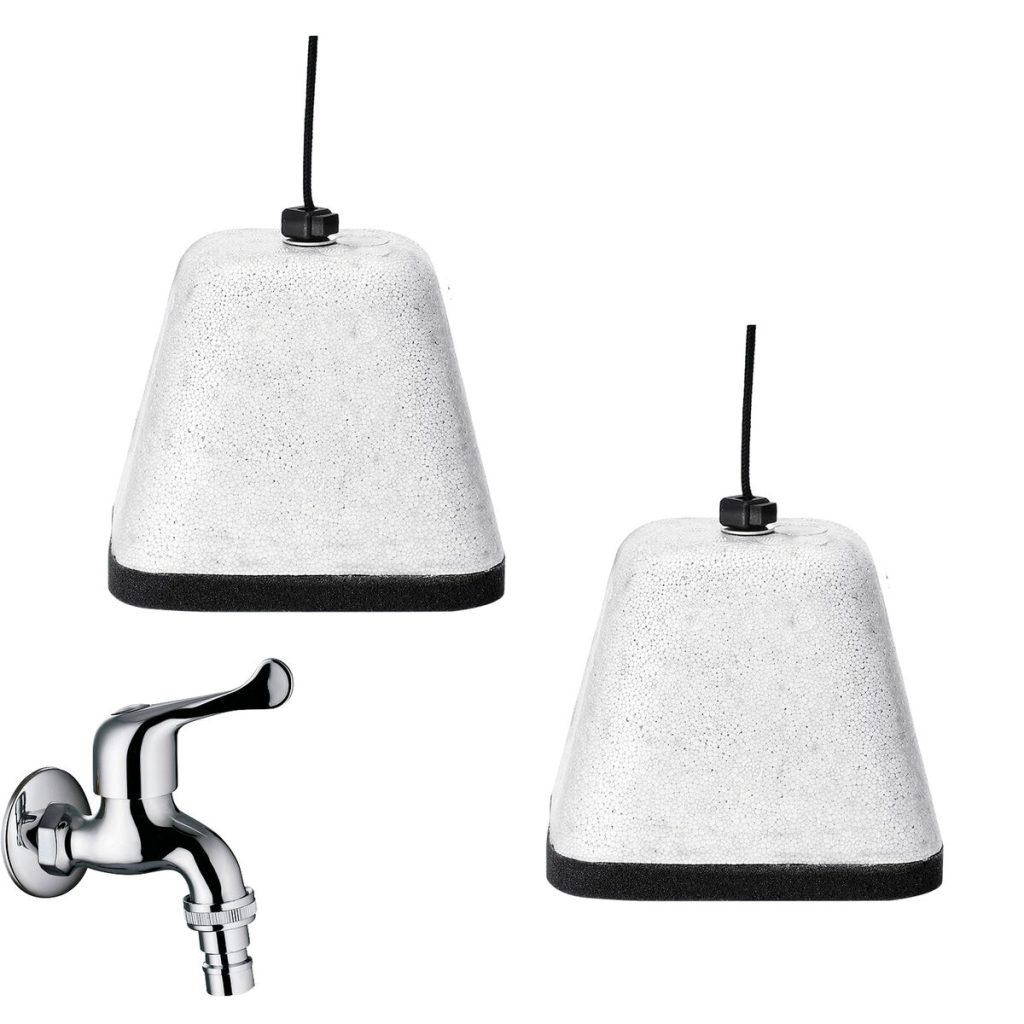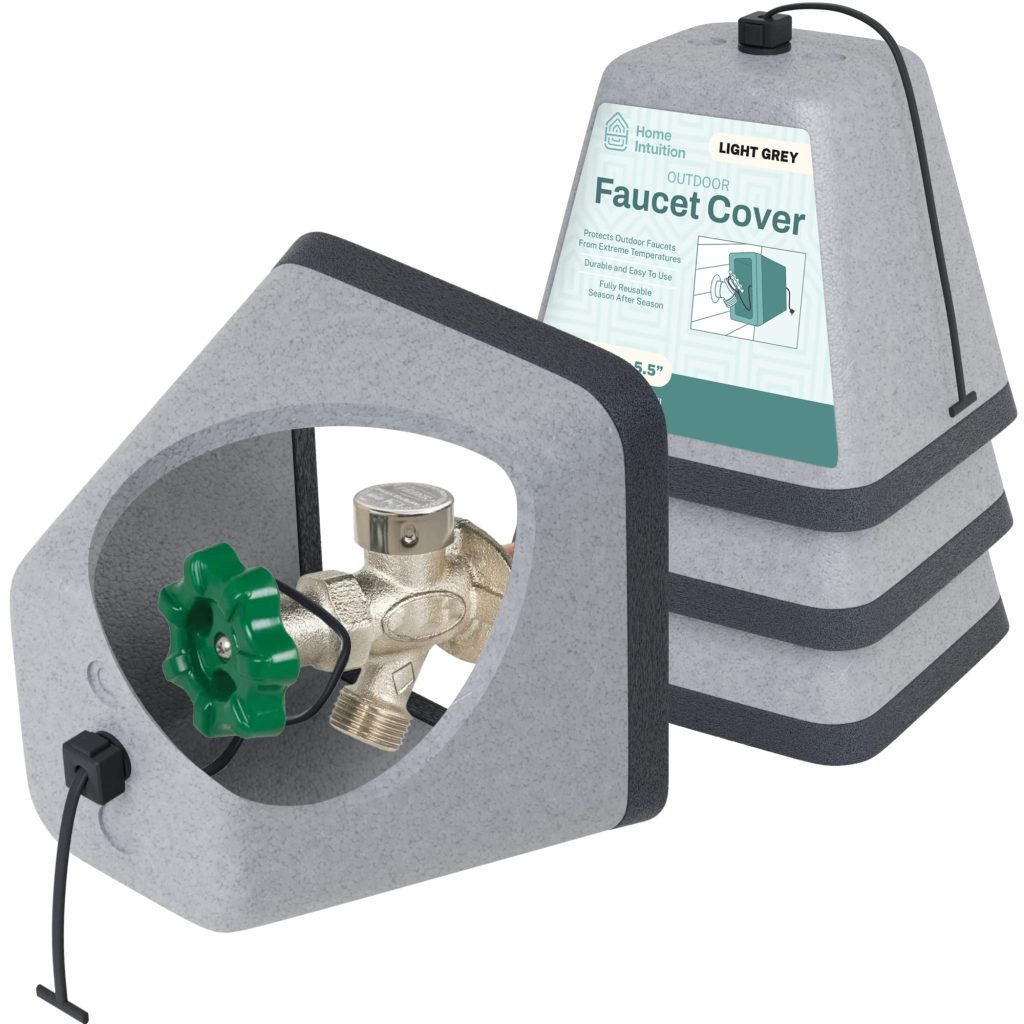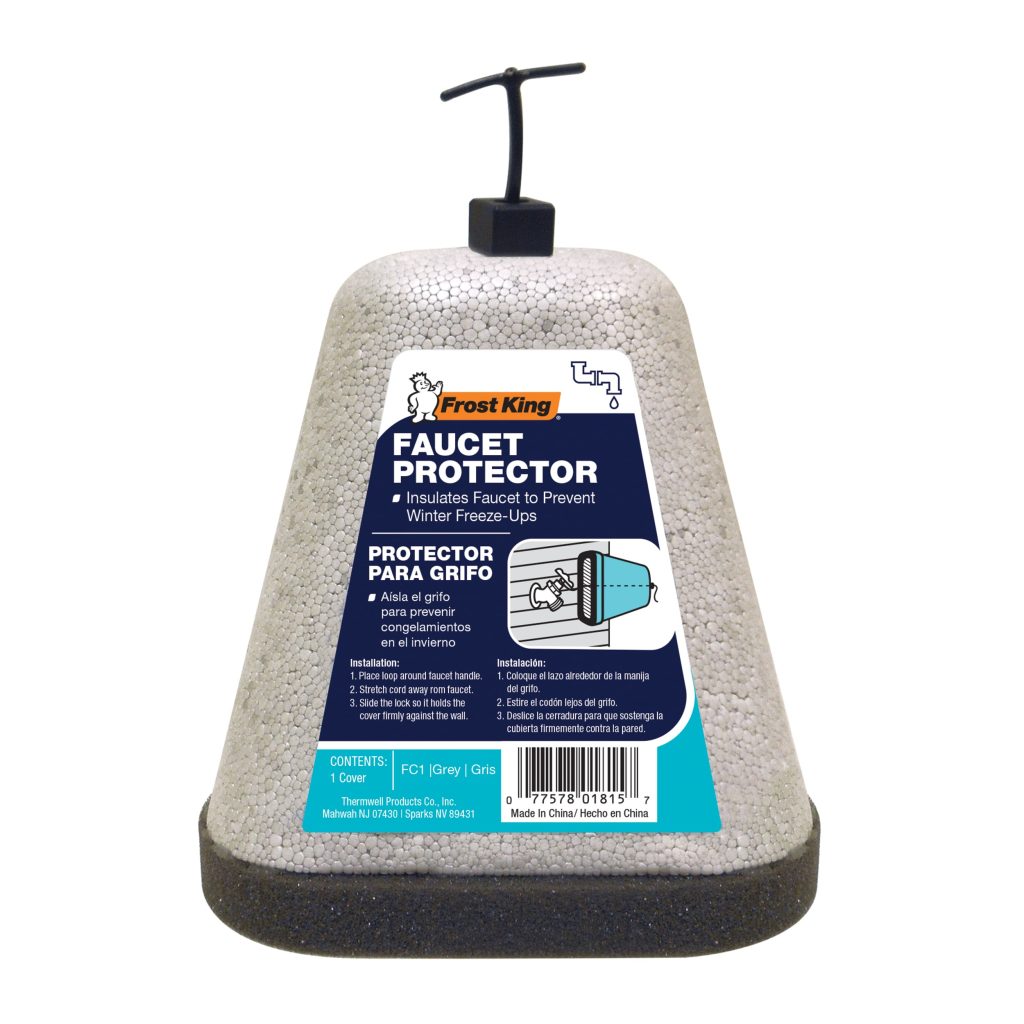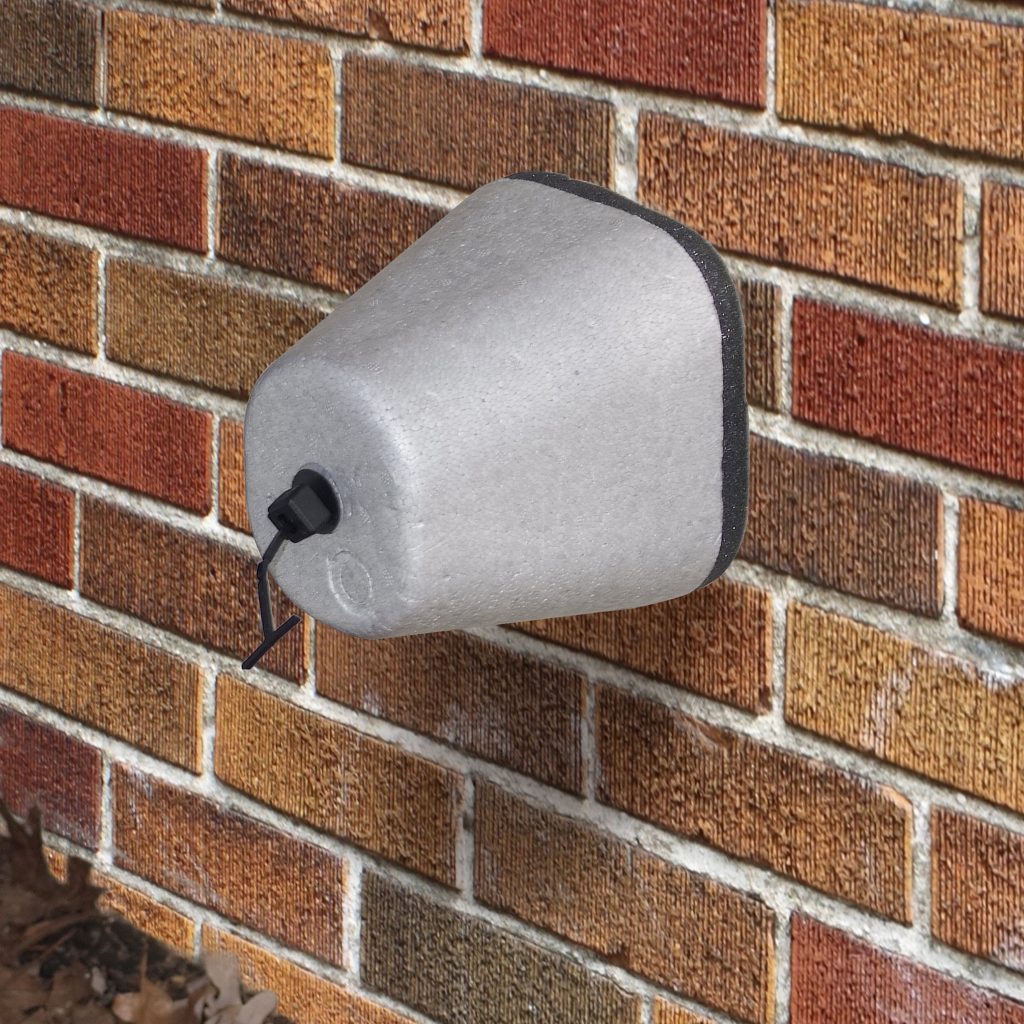Do you need to cover outdoor faucets? Outdoor faucets are an essential part of any home’s exterior, providing access to water for various activities such as watering the garden, washing the car, or other outdoor tasks. However, these faucets are often exposed to the elements, making them vulnerable to damage from freezing temperatures, debris, and other environmental factors. To protect outdoor faucets from potential damage, it is important to cover them properly.

Understanding the importance of covering outdoor faucets
Preventing freezing and bursting
One of the primary reasons for covering outdoor faucets is to protect them from freezing temperatures. When water inside the pipes freezes, it can expand and cause the pipes to burst, leading to costly repairs and water damage. By covering outdoor faucets, you can add an extra layer of insulation to help prevent freezing and protect the pipes from bursting.
Shielding from debris and contaminants
Outdoor faucets are often exposed to dirt, leaves, and other debris, which can accumulate and clog the faucet. Additionally, contaminants such as bird droppings or pollen can also find their way into the faucet, affecting the quality of the water. Covering outdoor faucets can help shield them from these environmental elements, ensuring that the water remains clean and free from contaminants.
Protection from UV exposure
UV rays from the sun can weaken and damage outdoor faucets over time, causing them to deteriorate and leak. By using a cover, you can shield the faucet from direct sunlight, prolonging its lifespan and ensuring that it continues to function properly.
Types of outdoor faucet covers
Insulated faucet covers
Insulated faucet covers are designed to provide thermal protection to outdoor faucets by preventing heat loss and insulating them from freezing temperatures. These covers are typically made from foam or other insulating materials, and they can be easily secured over the faucet to provide an additional layer of protection.
Hard faucet covers
Hard faucet covers are constructed from durable materials such as plastic or metal and are designed to provide a rigid barrier against physical damage and environmental factors. These covers offer excellent protection against debris, UV exposure, and potential impact, ensuring that outdoor faucets remain in good condition.
Soft faucet covers
Soft faucet covers are made from flexible materials such as fabric or vinyl and are designed to provide a lightweight and portable solution for covering outdoor faucets. These covers are easy to install and remove, making them suitable for seasonal use or when additional protection is needed for outdoor faucets.

The right way to cover outdoor faucets
Outdoor faucets are a crucial part of any home, providing access to water for a variety of outdoor tasks such as watering the garden, washing the car, or simply rinsing off after a long day of yard work. However, with the arrival of colder weather, it is important to take steps to protect outdoor faucets from freezing and potential damage. One of the most effective ways to safeguard outdoor faucets during the winter months is by properly covering them.
The Importance of Covering Outdoor Faucets
Covering outdoor faucets during the winter months is essential to prevent them from freezing, which can result in burst pipes, extensive water damage, and costly repairs. When water freezes inside a faucet or the connecting pipes, it expands and can cause cracks or ruptures. By covering outdoor faucets, homeowners can help to insulate them from extreme temperatures and reduce the risk of freezing. Additionally, covering outdoor faucets can also prevent debris, such as leaves and dirt, from entering and potentially clogging the faucet or pipes.
Materials Needed to Cover Outdoor Faucets
To effectively cover outdoor faucets, homeowners will need a few basic materials. The following items are essential for properly protecting outdoor faucets from freezing and damage:
Insulating cover:
An insulating cover, also known as a faucet sock or faucet cover. Is design to wrap around the outdoor faucet and provide add insulation. These covers are typically made from foam or other insulating materials. And can be found at most hardware or home improvement stores.
Waterproof tape:
Waterproof tape, such as duct tape or weather-resistant tape, can be use to secure the insulating cover in place and prevent it from shifting or coming loose. This tape should be able to withstand cold temperatures and moisture to ensure a secure seal.
Plastic or rubber hose bib cover:
In addition to an insulating cover, a plastic or rubber hose bib cover can be placed over the faucet and secured with a strap or screw to provide an extra layer of protection against freezing temperatures and moisture.
Pipe insulation:
For add protection, homeowners may also consider purchasing pipe insulation to wrap around any expose pipes that are connect to the outdoor faucet. Pipe insulation can help to prevent freezing and maintain consistent temperatures.

Step-by-Step Guide to Covering Outdoor Faucets
Covering outdoor faucets is a relatively simple. And straightforward process that can be complet in just a few minutes. By following these step-by-step instructions. Homeowners can ensure that their outdoor faucets are adequately protect from freezing temperatures and potential damage:
Step 1: Disconnect hoses and drain water
Before covering outdoor faucets. It is important to disconnect any hoses that are attach to them and allow any remaining water to drain out. This will help to prevent water from freezing inside the hose or faucet and causing damage.
Step 2: Clean and dry the faucet
Once the hoses have been disconnect. Clean and dry the outdoor faucet to remove any dirt, debris, or moisture. This will ensure that the insulating cover and hose bib cover can be secure properly.
Step 3: Apply insulating cover
Place the insulating cover over the outdoor faucet. Ensuring that it fits snugly and completely covers the faucet and any expose pipes. If the cover has a drawstring or strap, secure it tightly to prevent it from shifting or coming loose.
Step 4: Secure with waterproof tape
Use waterproof tape to secure the insulating cover in place and create a tight seal. Wrap the tape around the cover and faucet. Ensuring that it is firmly adhere and will not unravel or come loose.
Step 5: Install hose bib cover
If desir, install a plastic or rubber hose bib cover over the faucet and secure it with a strap or screw. This additional layer of protection can help to further insulate the faucet and prevent freezing.
Step 6: Insulate expose pipes (optional)
If there are any expose pipes connecteto the outdoor faucet. Consider wrapping them with pipe insulation to provide add protection against freezing temperatures and moisture.
Step 7: Check for secure fit
Once the outdoor faucet is cover and insulate. Double-check to ensure that the covers are securely in place. And that there are no gaps or expose areas. This will help to prevent any potential cold spots or areas where freezing could occur.
By following these step-by-step instructions and using the recommend materials. Homeowners can effectively cover outdoor faucets and protect them from freezing temperatures. And potential damage during the winter months.

Conclusion
Protecting outdoor faucets from potential damage is essential for maintaining their functionality and longevity. By understanding the importance of covering outdoor faucets and using the appropriate covers. Homeowners can ensure that their outdoor faucets remain in good condition and are not compromise by freezing temperatures, debris, or UV exposure.
